
I often hear some mother’s complaints:
My child is always slow in doing summer vacation homework. Other people can finish homework in half an hour, but he actually needs two hours.
My child is a headache. He starts to sleep at 9 o’clock every night. He always dawdles until after 12 o’clock. What can he do if he is not tall?
I’m so worried that my baby will procrastinate in the future, right?
Strange, how other people’s children, clever and sensible, can not only finish their summer vacation homework on time, but also learn piano and calligraphy. When it comes to their own children, they are like runaway wild horses, and the rules of life suddenly become disorganized? There are limits to happy parenting… … …
In fact, for those children who like to dawdle and procrastinate, if they look carefully, they will find that, excluding factors such as the fact that things are really too difficult, most children are inefficient and like to procrastinate because of their weak concept of time. The older the children are, the clearer the situation will be and the more troublesome education will be.
To cultivate their children’s concept of time, parents should start from an early age and get twice the result with half the effort.
Today, Ding Ma will recommend some artifacts that help to cultivate the concept of time. There will definitely be the one that suits you.
Artifact 1: Reward and Punishment Schedule
This is the key to the time management artifact, and the effects of other methods can be reflected here to record children’s performance in various tasks.
During operation, points can be marked on what the child plans to do, If you accomplish a task or achieve a goal, you can earn a certain number of points, otherwise you can’t earn points. After a certain number of points are reached, the child can be rewarded according to the rules agreed in advance, such as exchanging points for a chance to go out for a play or buying him something he likes.
It should be noted that the detailed rules of the reward and punishment schedule, including how many points will be rewarded and the specific reward what, should be jointly formulated by parents and children after communication. It cannot be said that parents have directly decided the calculation. Only after reaching an agreement can children be effectively encouraged to go in the direction we hope.
This can enhance the enthusiasm of the child to complete the task, in the process, the child can also understand the reason that must be paid to gain.
With a goal, there is more motivation.
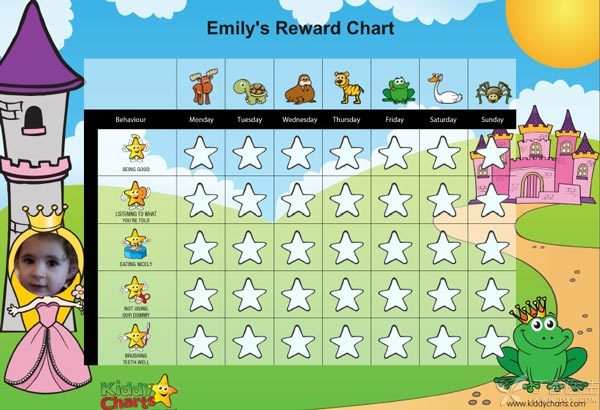
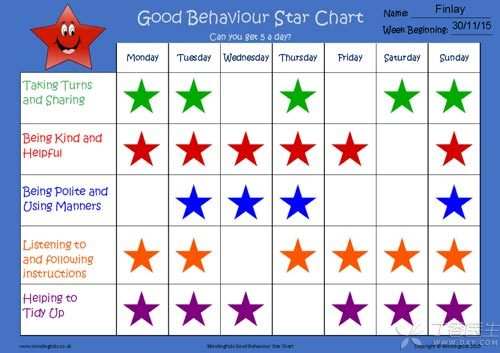 Record Form II of Rewards and Punishments for Children
Record Form II of Rewards and Punishments for Children
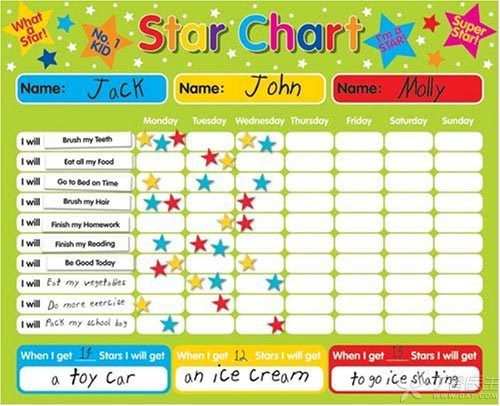
Artifact 2: Long-term Plan List
This is a tool for long-term planning.
For children, most of the things they want to do are related to their interests and hobbies, while most of the things they must do are reluctant to study and finish their homework. Making such a list is to help children set long-term goals. Clearly, this is the first step in time management!
Susan, the neighbor’s little girl, has become a little different recently! This originally naughty third-grade girl completed the introduction of drum set in a short period of two months, won the second prize in the English speech contest, and also participated in organizing a community public welfare activity.
It is no longer playing games with children after school. She will not contradict her mother just because she doesn’t want to practice piano, nor will she drag on writing a topic all afternoon. She began to finish her homework voluntarily and quickly, because she was interested in learning drum sets and arranged time to play happily with her friends.
Susan’s transformation is actually very simple, precisely because she has her own to do list in these two months.
The list, made by her and her mother, details the goals to be completed in a week and a month. According to this big goal, she splits the task into goals for each day, such as practicing piano at home for one hour at 6 pm and then finishing her homework.
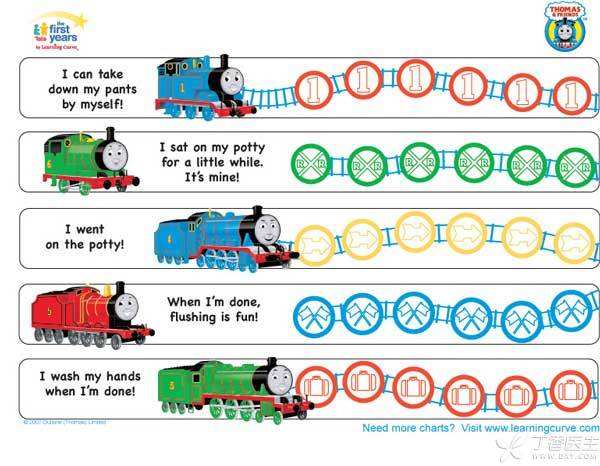 List of long-term plans with clear objectives
List of long-term plans with clear objectives
Artifact 3: Short-term Schedule
If to do list allows children to set a longer-term goal, then schedule is an effective weapon to subdivide the whole long-term goal into short-term tasks. It is very necessary to cultivate children’s concept of time from an early age. The simplest way is to divide time into blocks through schedule.
In the popular TV series Ode to Joy, Andy is a typical successful woman in modern urban society. Her success comes to a large extent from strict and effective arrangement of time.
The following figure shows Angela, a little girl, making interesting and strict arrangements for her day.
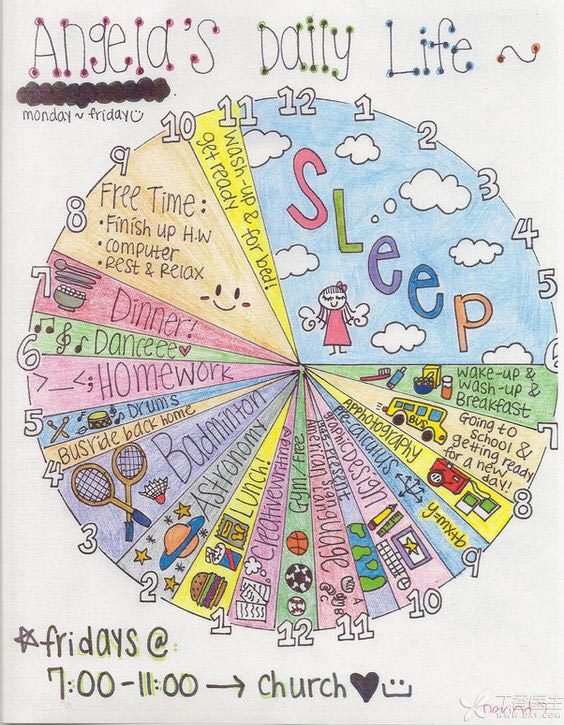
When making the schedule, parents can give some guidance to make the time plan more scientific and reasonable, but the main body of making should be children.
Let the child decide the details of the schedule, and choose the form and choose what he likes. For example, children who like drawing can turn the schedule into pictures, and children who like numbers can highlight the numbers in the schedule. The process of making by themselves also makes the child feel more independent and more willing to abide by it later.
In terms of specific content, parents can consider including some aspects that their children did not do well before in the form. For example, children always like watching TV and can set the maximum time. If they watch TV more than this time every day, even if the task is not completed, they cannot get points.
Artifact 4: Tomato Working Method
I believe many people are familiar with tomato working methods! The operator selects a task to be completed, sets the tomato time to 25 minutes, focuses on the work, and is not allowed to do anything unrelated to the task in the middle until the tomato clock rings, and can have a short rest. After completing several tomato periods continuously, the rest time can be increased.
For children, we can learn tomato working methods, set up alarm clock time, and turn it into an effective tool to supervise children’s study and play: let children concentrate on a certain task within a certain period of time, and only when time comes can we rest, improve efficiency, and complete the tasks in the schedule more efficiently.

My son’s experience
This paper introduces these popular time management artifacts, and shares with you my son’s experience in using them. For example, tomato working methods are especially useful to my son.
Although just 3 years old, but a long time ago, I found that Tong Tong was not particularly focused in terms of attention and did things for a little 3 minutes. Therefore, after confirming that he liked the style of this frog alarm clock very much, I helped him buy the same one on a treasure, and he felt very surprised after receiving it.
Then I told him that every morning after getting up for breakfast and taking a 15-minute rest, we would start the tomato work plan. Oh, he agreed vaguely.
Two 25 minutes, I helped him arrange to tell stories and play with building blocks. Not surprisingly, at first, Tung Tong could only hold on for 3-5 minutes at a time, but I seriously told him that Prince Frog had not rang yet, and we had to hold on to the task. Moreover, I arranged his favorite yogurt and fruit for the two 5-minute rest time.
At the end of the week, Tung Tong, whether telling stories or building blocks, can voluntarily immerse himself in telling stories or building blocks, and 25 minutes passed in a flash. In this way, the habit of 3 minutes of heat that I was worried about was easily corrected…
I have seen parents, especially mothers, who are too tired from disciplining their children. If their children do not develop good study and living habits, parents will have a headache. When they cannot suppress them, they will inevitably yell at their children, but the effect will only get worse and worse.
I think most parents want to be normal parents-when yelling cannot solve their children’s problems, we need to check what went wrong and then help their children solve the problems in a better way. The tools mentioned today are worth a try. We might as well think about how to design and how to communicate with our children today.
